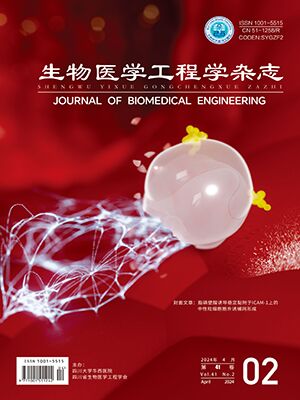Features and interaction between features of liver disease is of great significance for the classification of liver disease. Based on least absolute shrinkage and selection operator (LASSO) and interaction LASSO, the generalized interaction LASSO model is proposed in this paper for liver disease classification and compared with other methods. Firstly, the generalized interaction logistic classification model was constructed and the LASSO penalty constraints were added to the interactive model parameters. Then the model parameters were solved by an efficient alternating directions method of multipliers (ADMM) algorithm. The solutions of model parameters were sparse. Finally, the test samples were fed to the model and the classification results were obtained by the largest statistical probability. The experimental results of liver disorder dataset and India liver dataset obtained by the proposed methods showed that the coefficients of interaction features of the model were not zero, indicating that interaction features were contributive to classification. The accuracy of the generalized interaction LASSO method is better than that of the interaction LASSO method, and it is also better than that of traditional pattern recognition methods. The generalized interaction LASSO method can also be popularized to other disease classification areas.
Citation: LI Jing, TONG Xiaoyun, WANG Jinjia. Generalized interaction LASSO based on alternating direction method of multipliers for liver disease classification. Journal of Biomedical Engineering, 2017, 34(3): 350-356. doi: 10.7507/1001-5515.201508026 Copy




